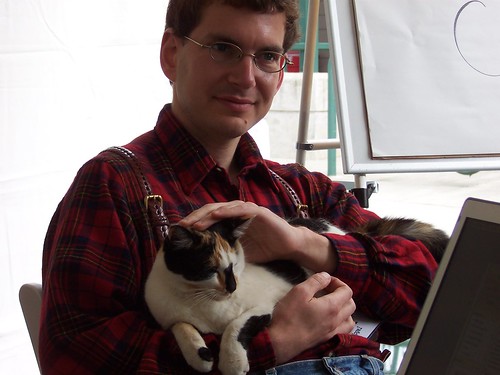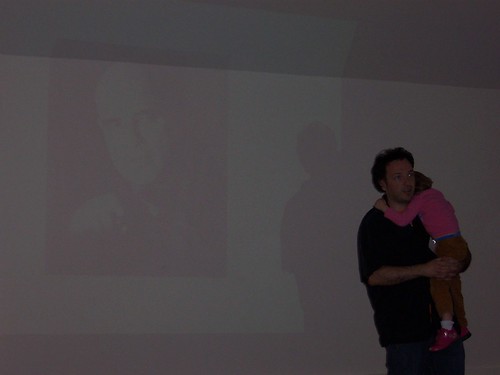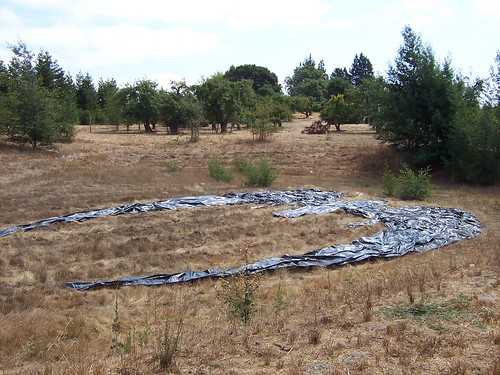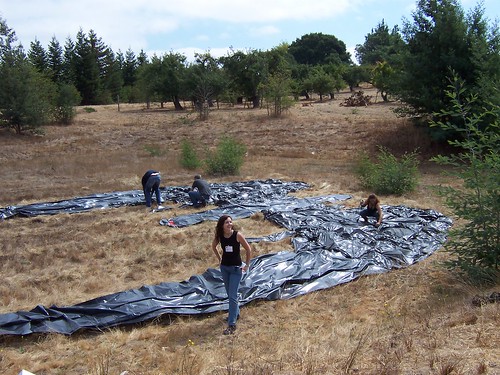Thanks to all of the friends who have emailed and IMed me over the past couple of days checking in to see if I have been spared the ax. So far, so good … I am still employed. For those of you living under a rock (or camping in the woods over the past few days), Intel just announced the latest update on the progress of our efficiency efforts:
The workforce will decline to approximately 92,000 by the middle of 2007 – 10,500 fewer than the company’s employee population at the end of the second quarter of 2006.(Quote from Intel Press Release)
According to the Associated Press:
About 5,000 of the affected positions have already been cut or will be eliminated this year through a previously announced management layoff, the pending sale of two businesses, and attrition, said Intel spokesman Chuck Mulloy.
The company plans to cut about 2,500 more jobs by the end of the year. The remainder will be shed in 2007, when Intel’s head count will settle around 92,000, Mulloy said. (Quote from Associated Press)
Others in the blogosphere (The Last Podcast for example) have been looking to Intel employees for more information on what this means; however, the reality is that we know as much as you do. The internal employee announcement today was similar to, if not identical, in content to our press release. This is a reflection of Intel’s open culture: tell the employees first closely followed by an announcement to the press with the same information.
All I can offer is my perspective. While I was happy to see progress and an announcement with some numbers to help employees understand the magnitude of the upcoming restructuring, I would have liked to see a speedier resolution. Based on the information announced today, the restructuring will drag into the middle of 2007. During any period of uncertainty, we will lose too many of the good people who decide to proactively leave rather than waiting to see who will be let go. Personally, I would rather know where I stand now … patience is not a trait that I hold in abundance.



